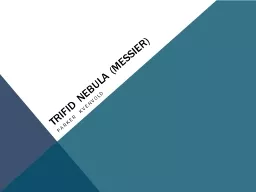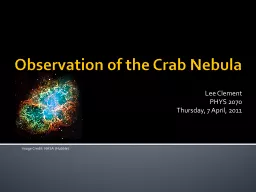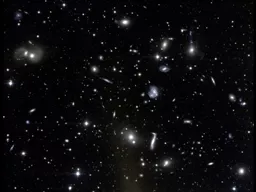PPT-Dark Nebula Joseph Gregory
Author : natalia-silvester | Published Date : 2019-02-11
Dark nebula A type of interstellar cloud that is too dense for light to pass through Mostly comprised of tiny dust particles coated in frozen carbon monoxide and
Presentation Embed Code
Download Presentation
Download Presentation The PPT/PDF document "Dark Nebula Joseph Gregory" is the property of its rightful owner. Permission is granted to download and print the materials on this website for personal, non-commercial use only, and to display it on your personal computer provided you do not modify the materials and that you retain all copyright notices contained in the materials. By downloading content from our website, you accept the terms of this agreement.
Dark Nebula Joseph Gregory: Transcript
Download Rules Of Document
"Dark Nebula Joseph Gregory"The content belongs to its owner. You may download and print it for personal use, without modification, and keep all copyright notices. By downloading, you agree to these terms.
Related Documents














